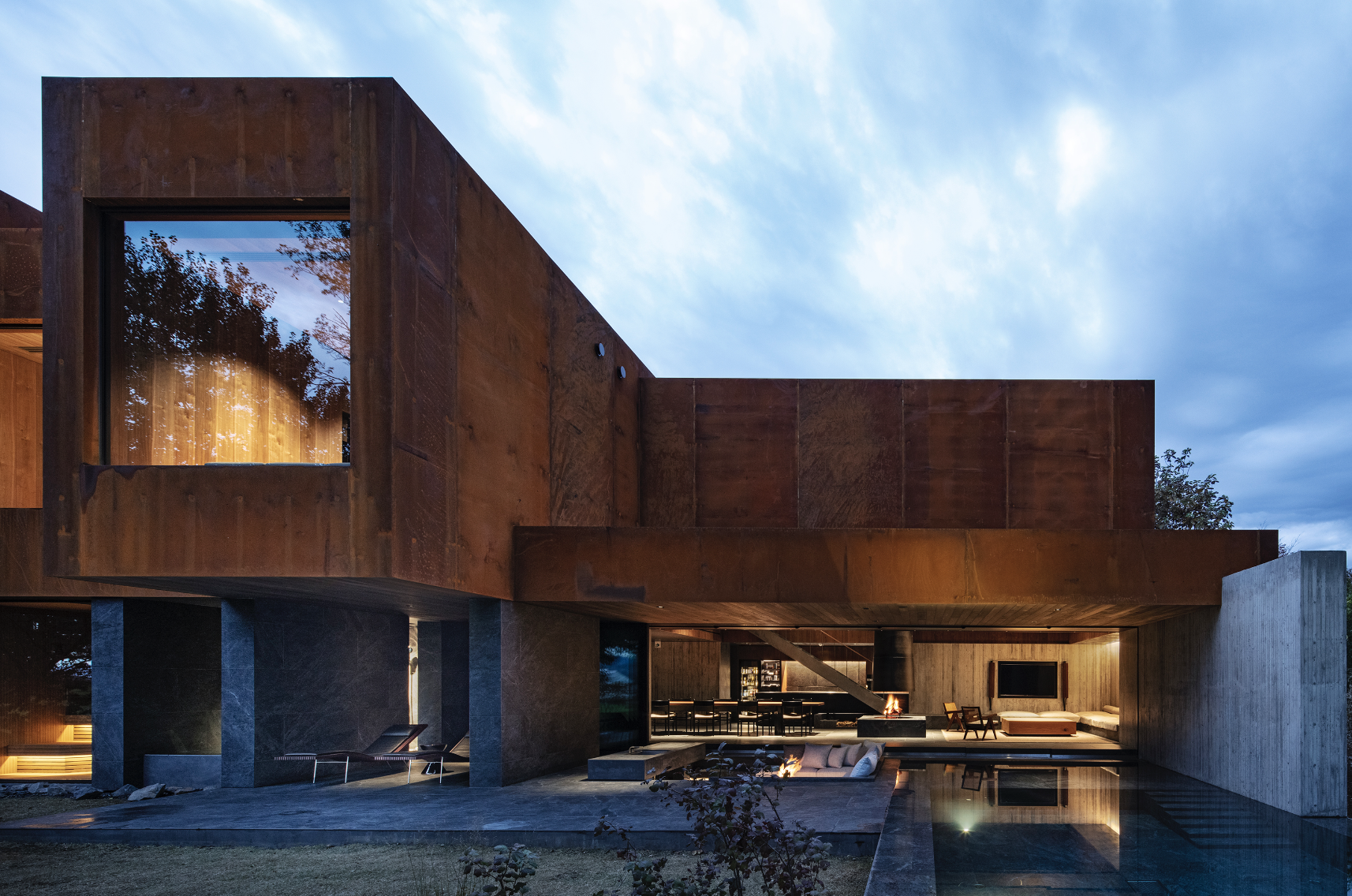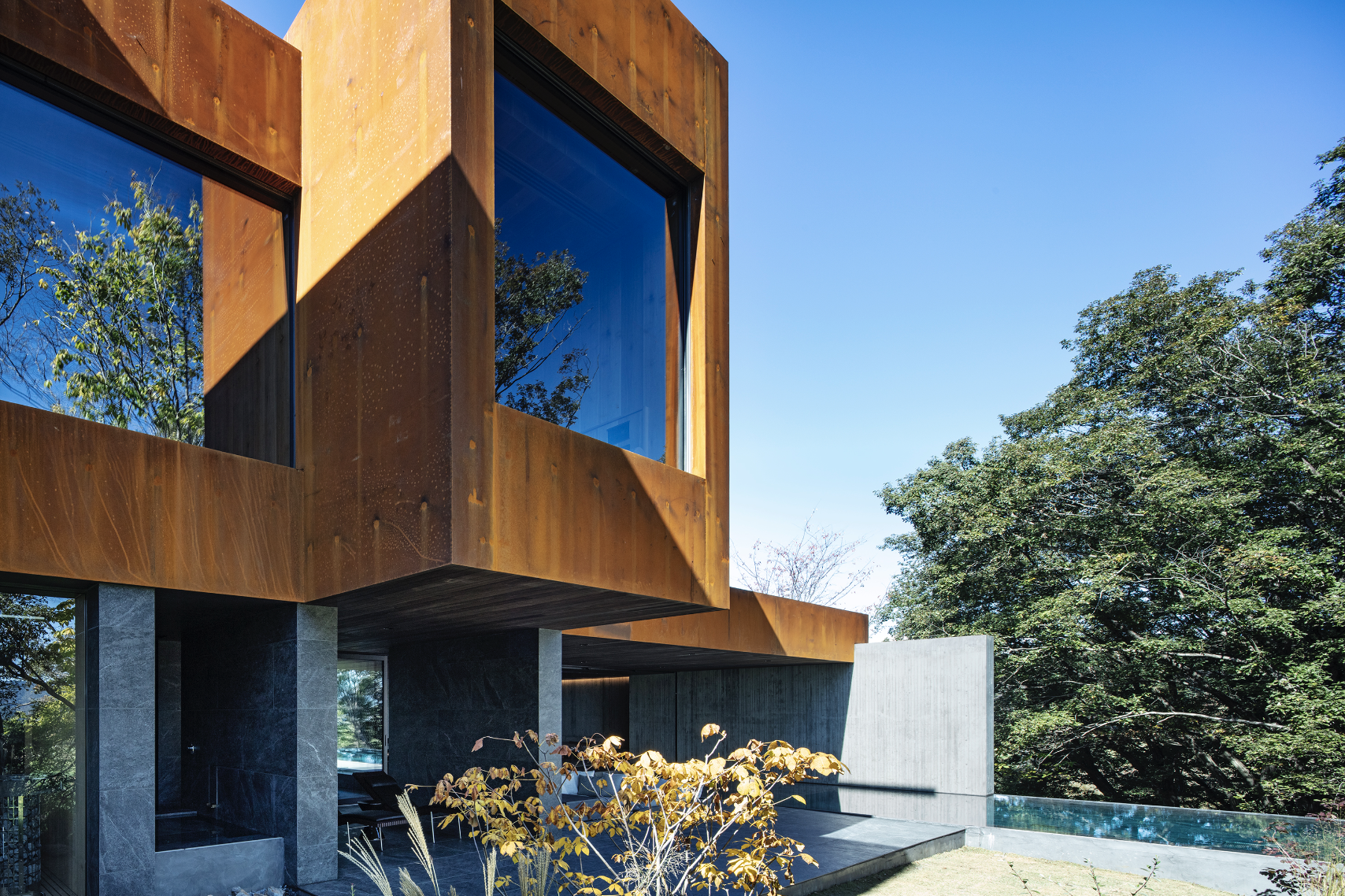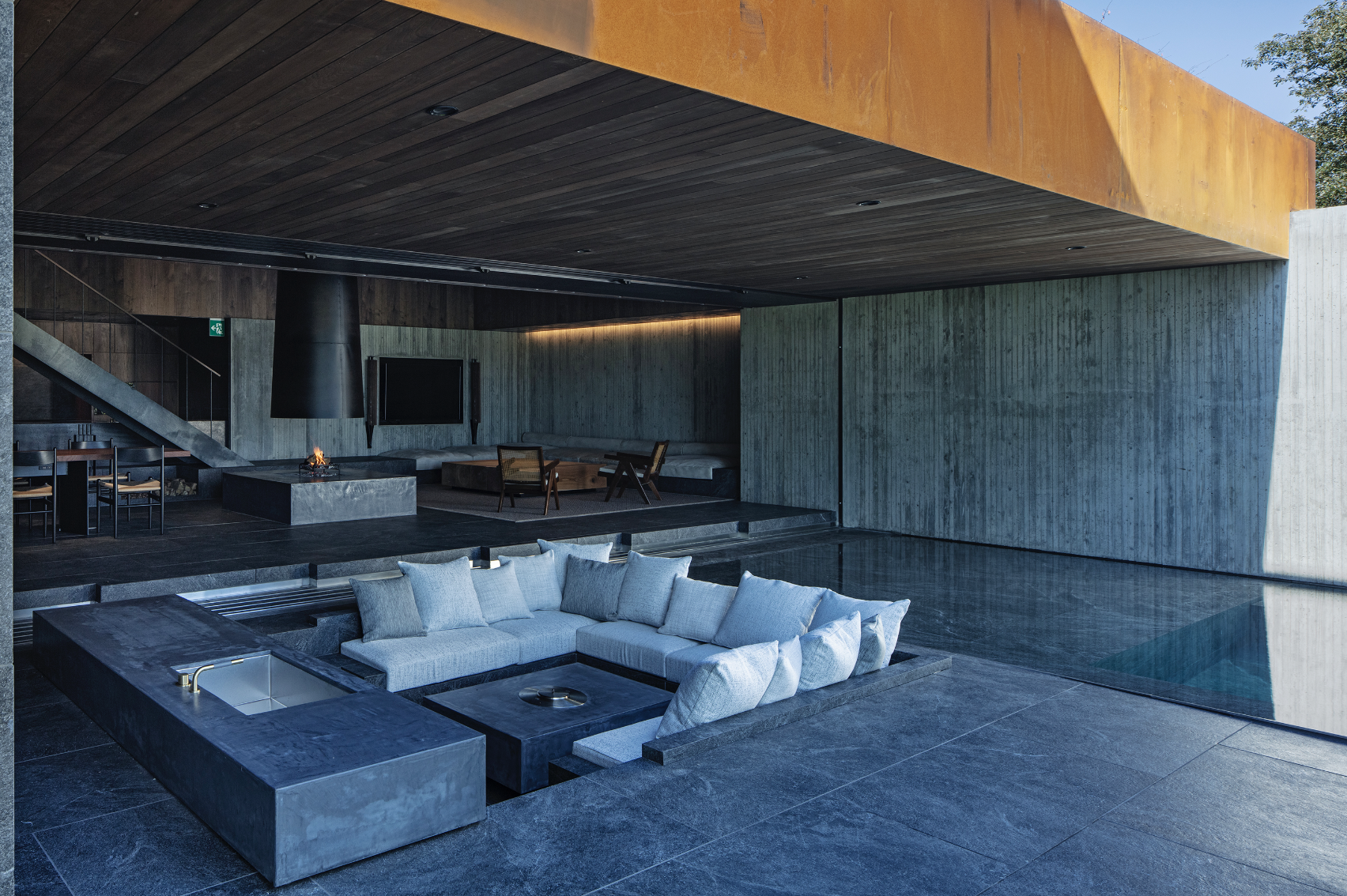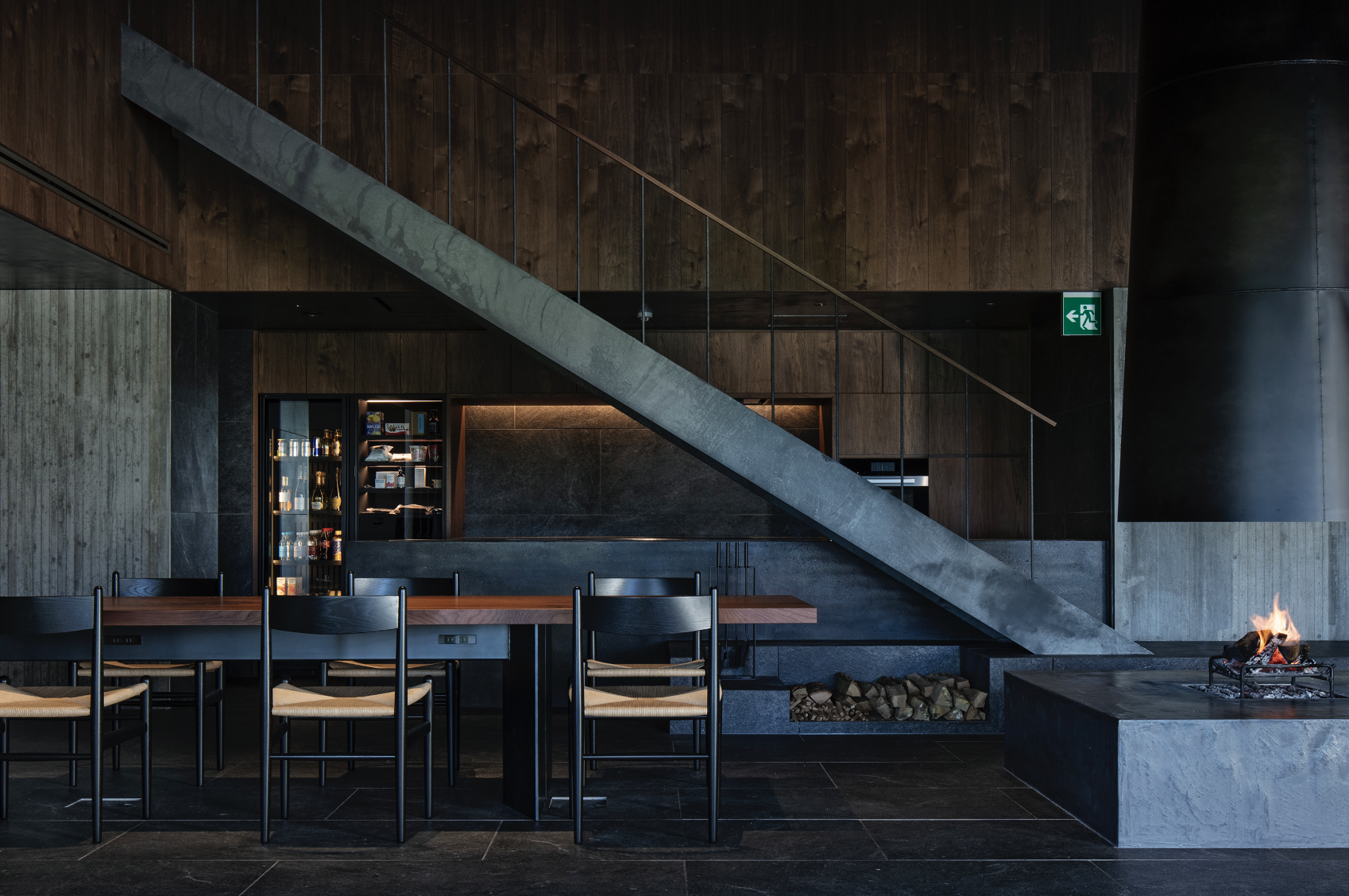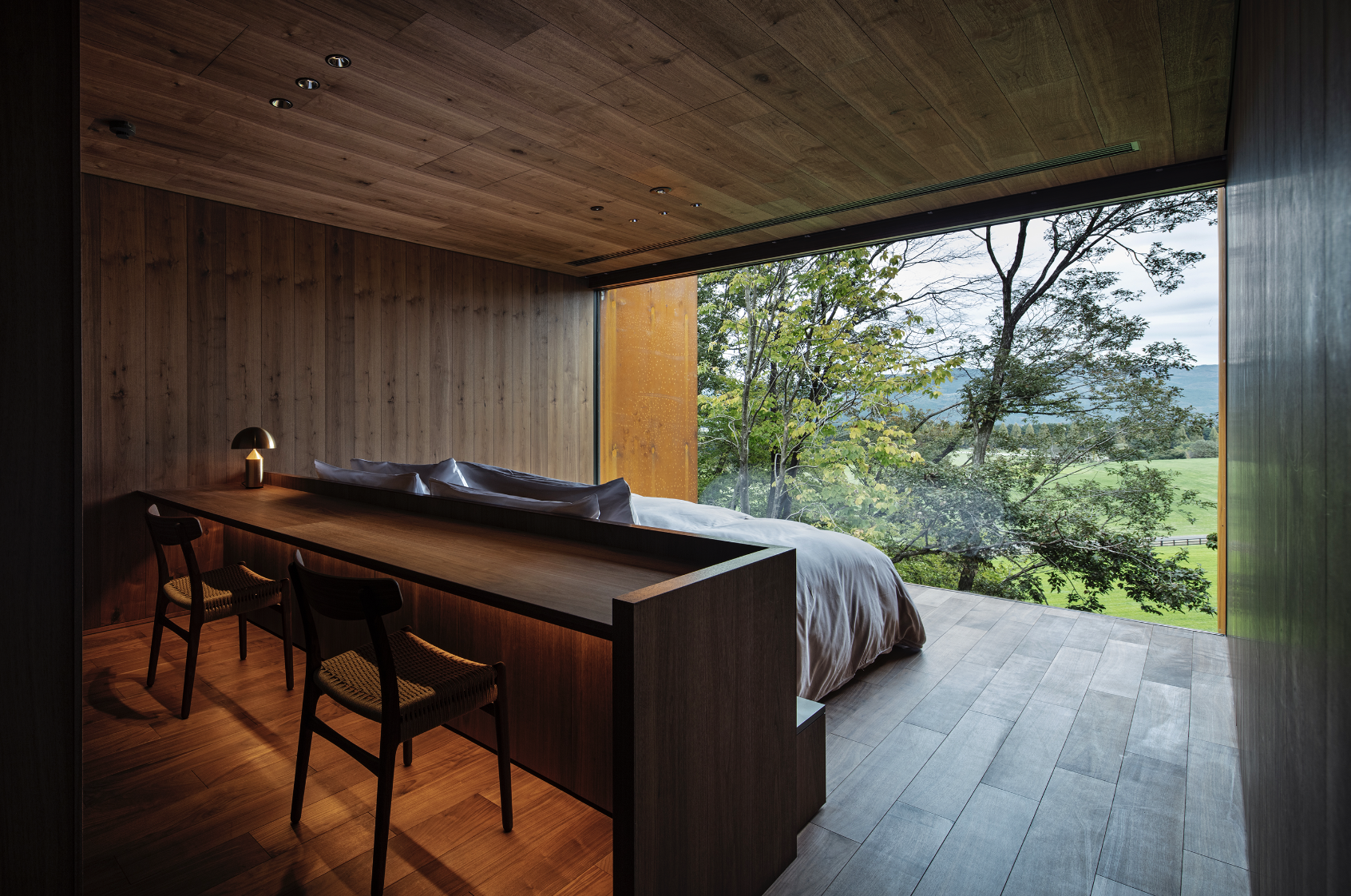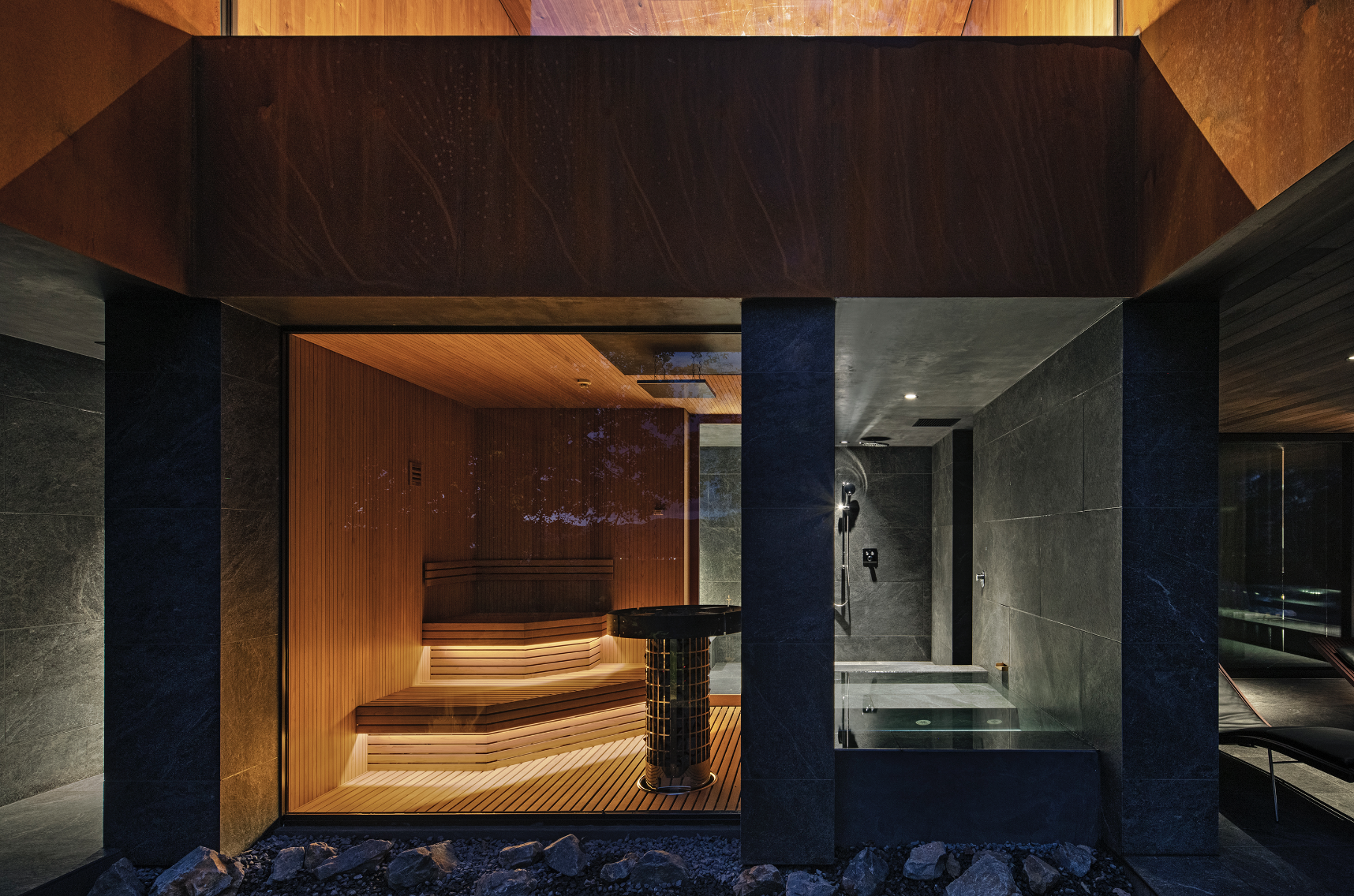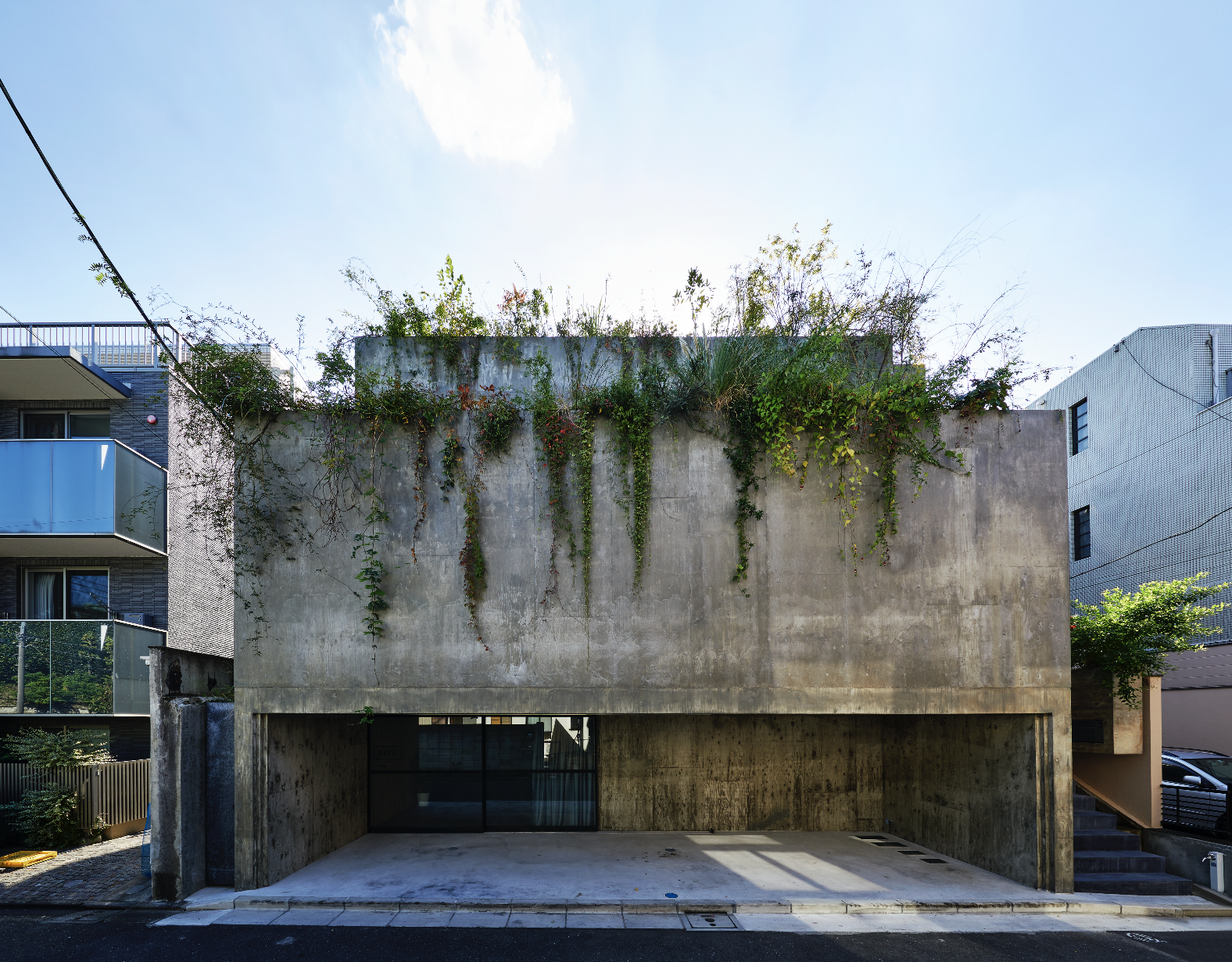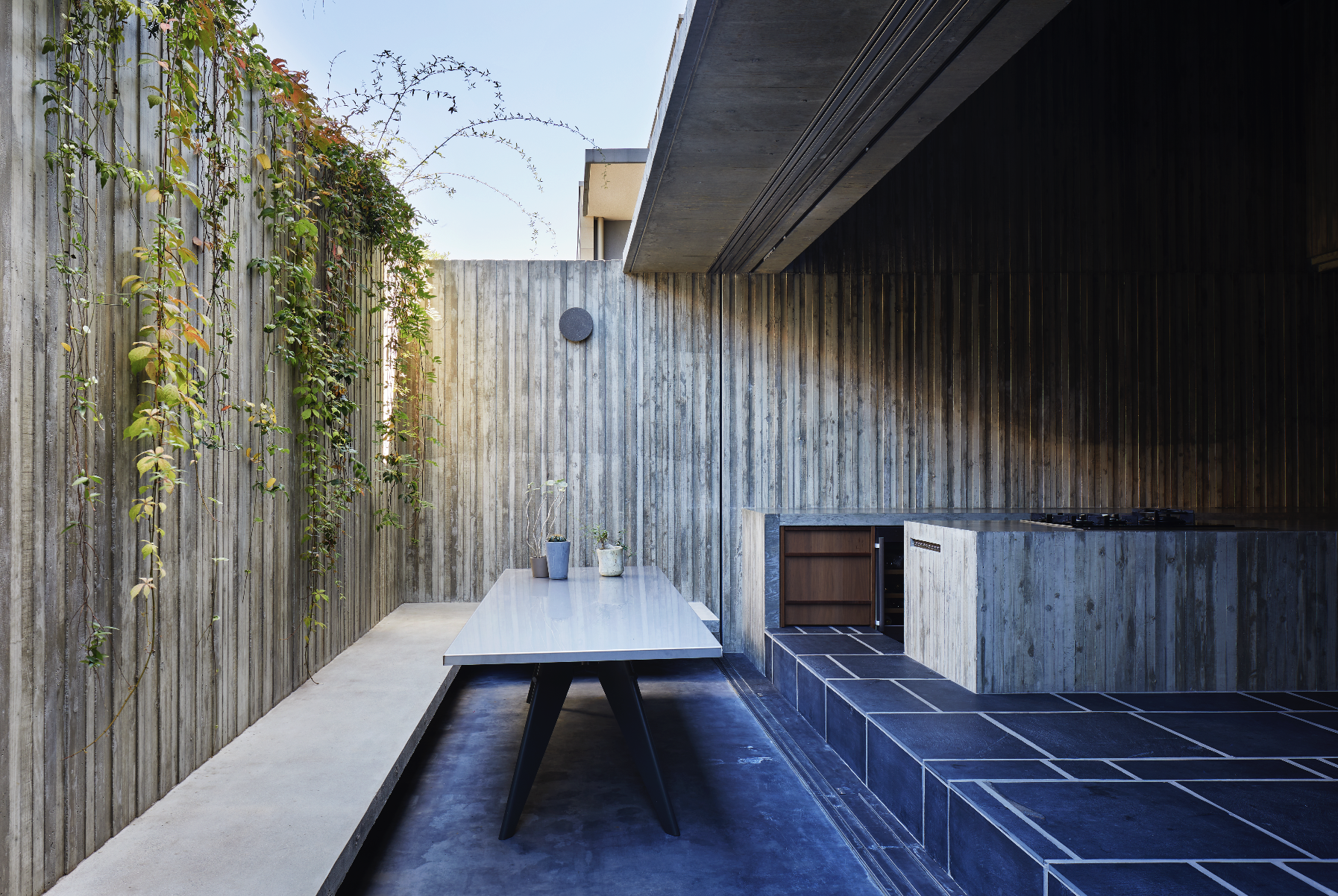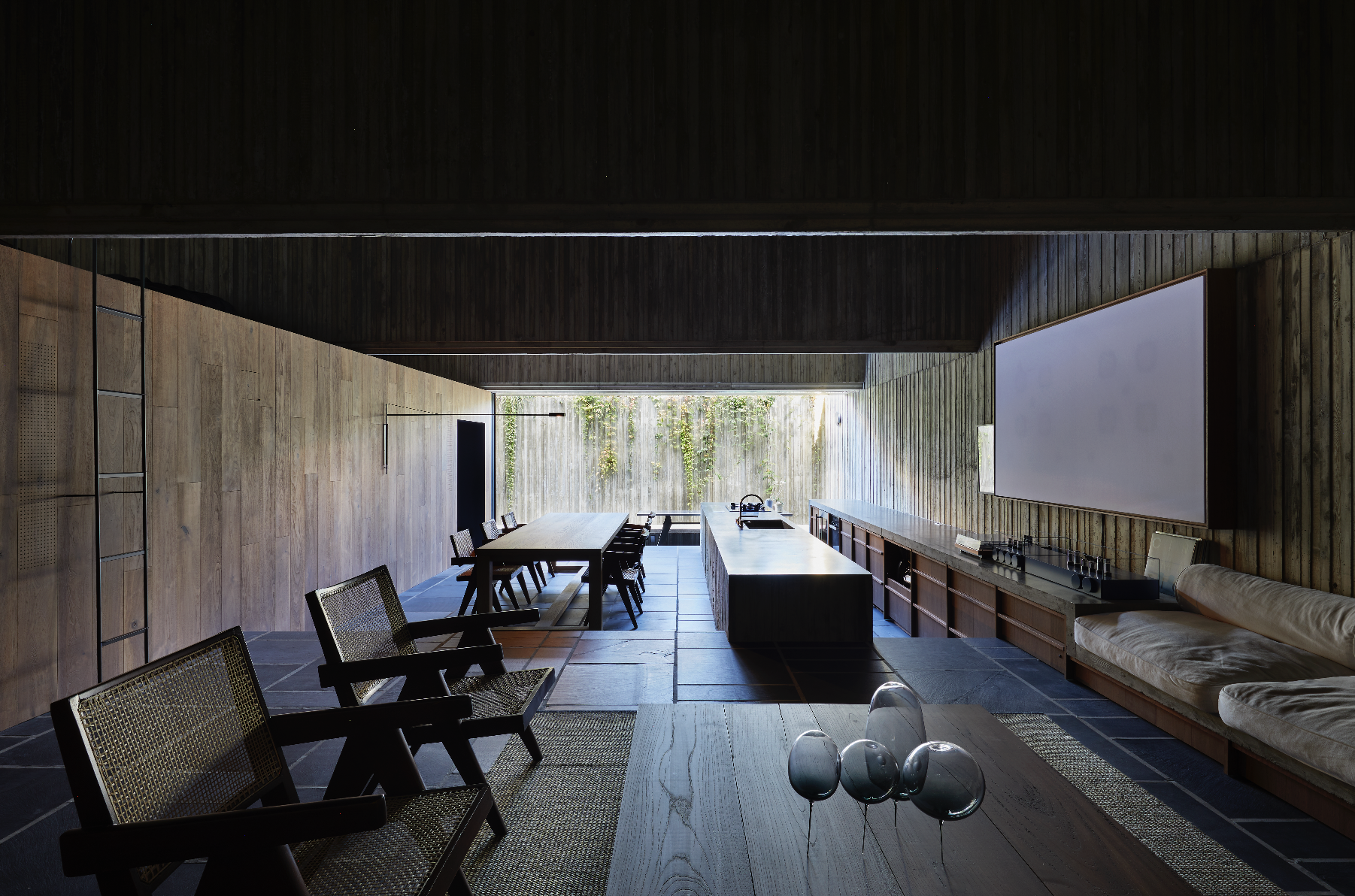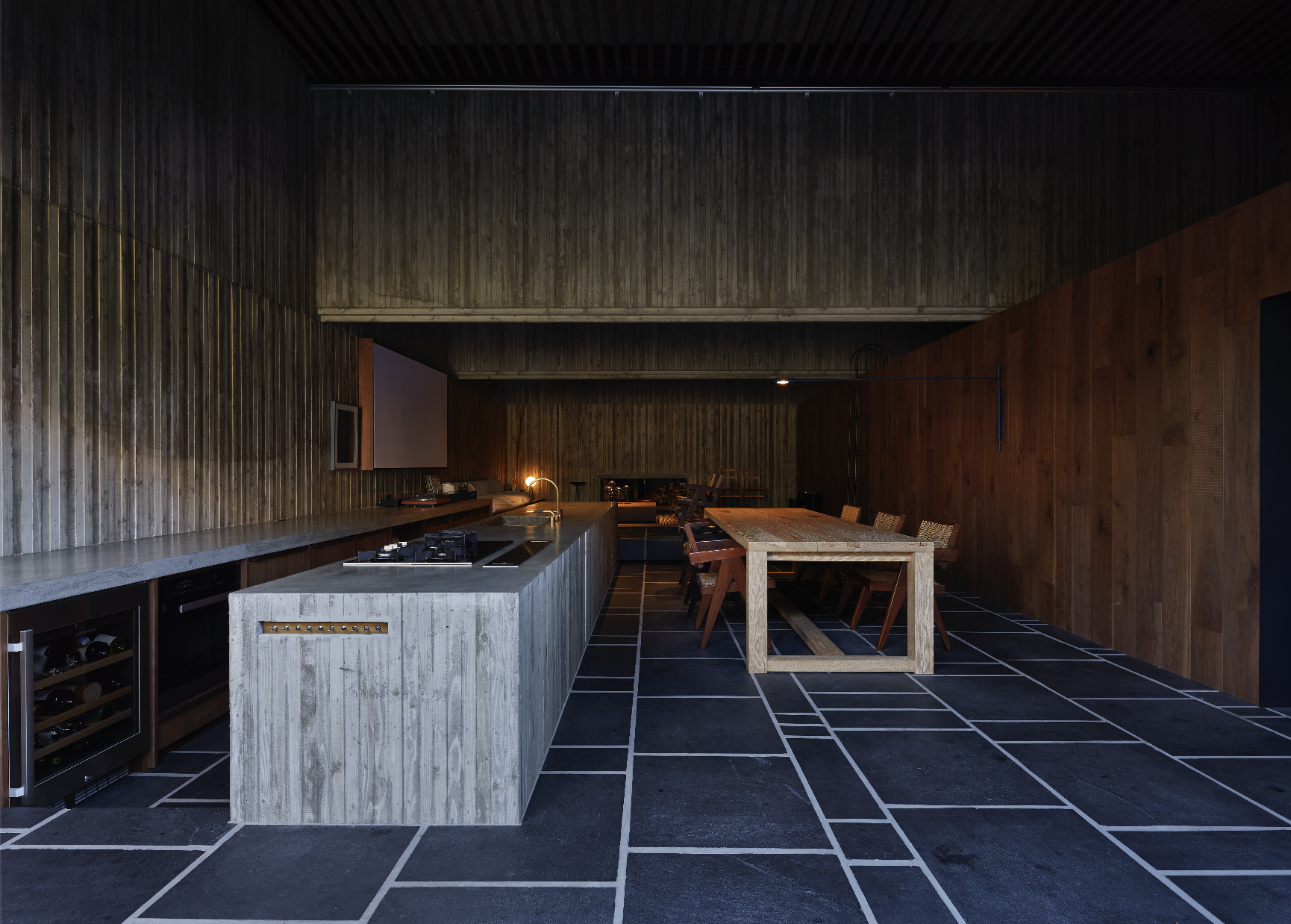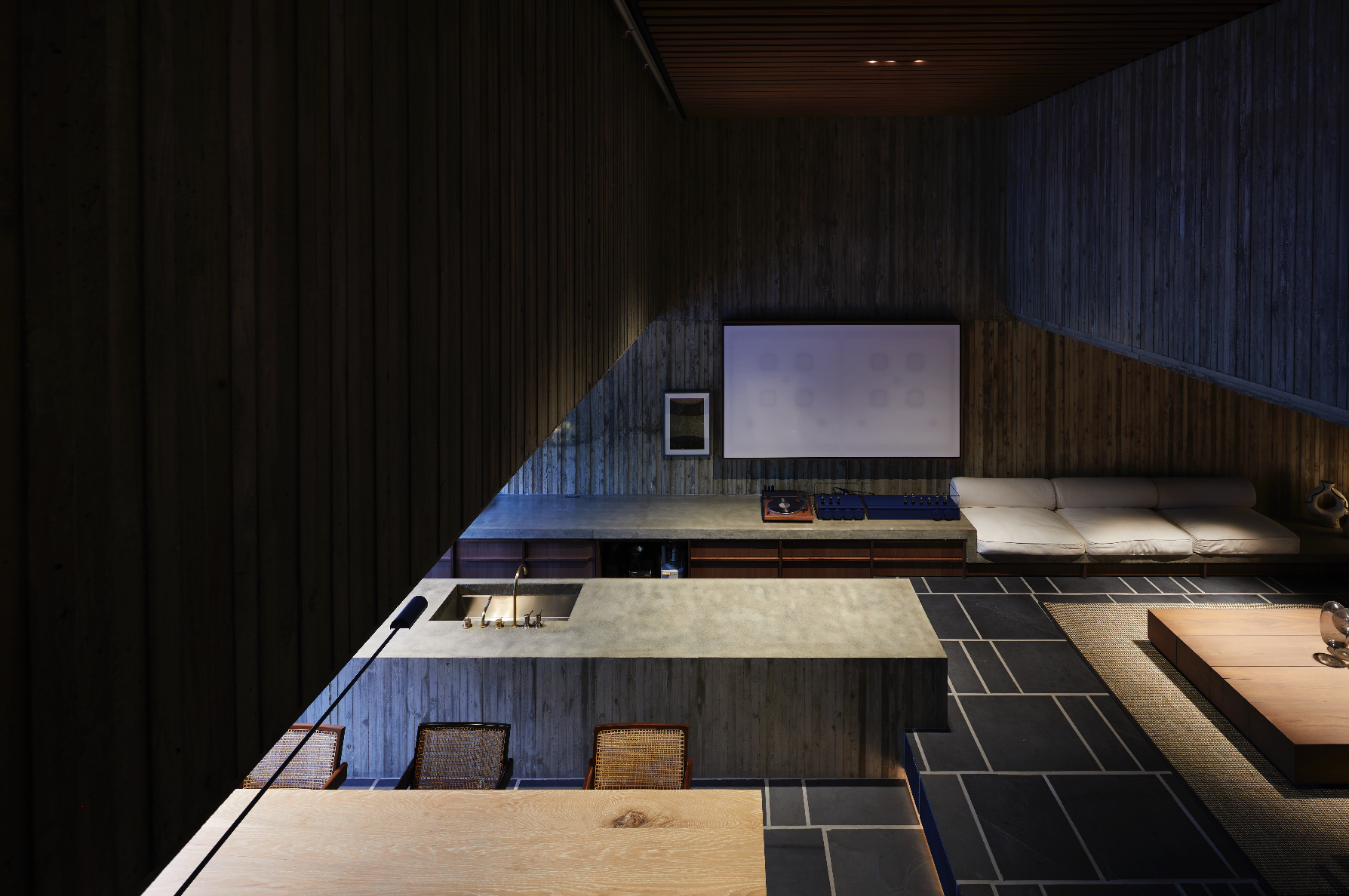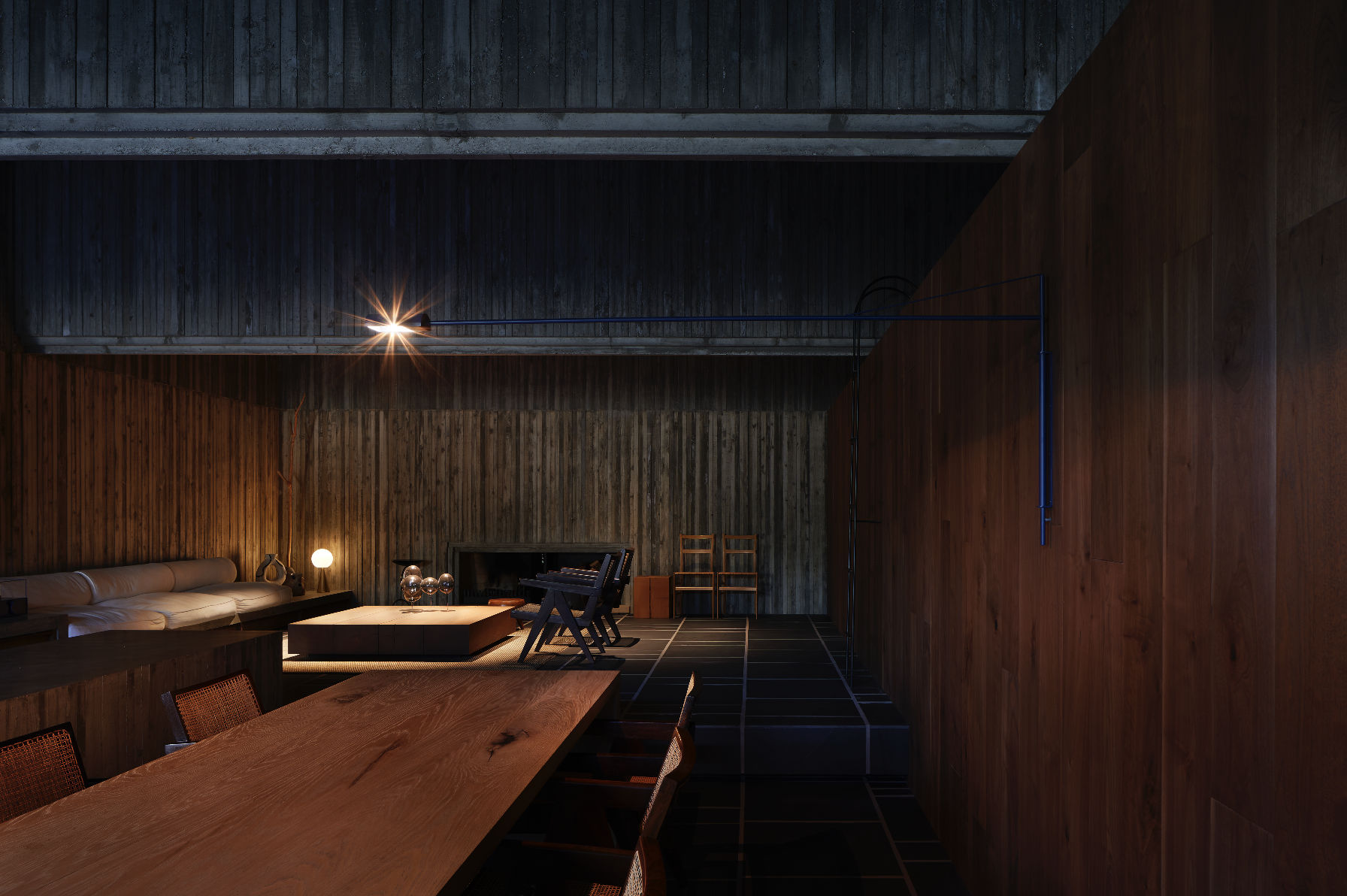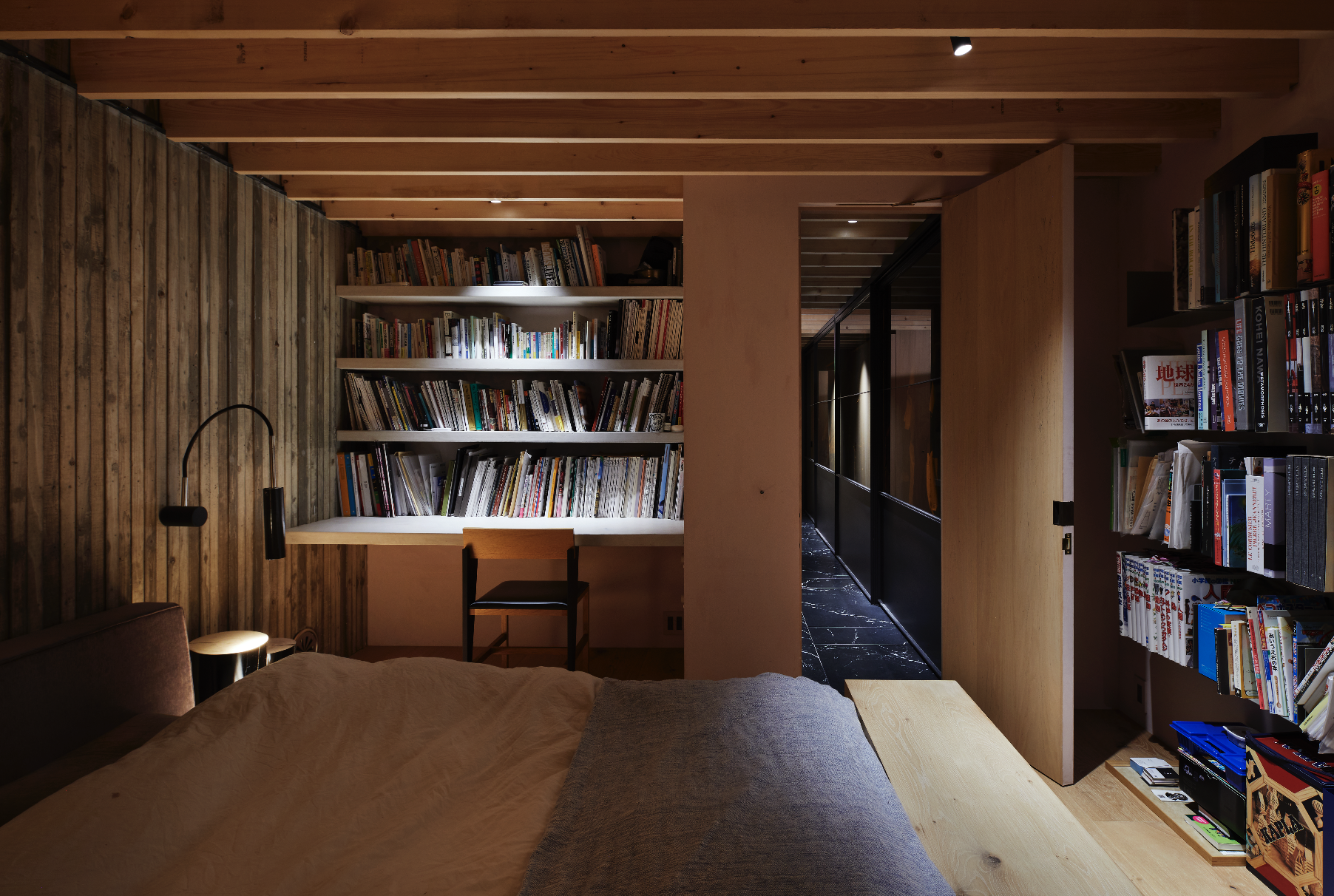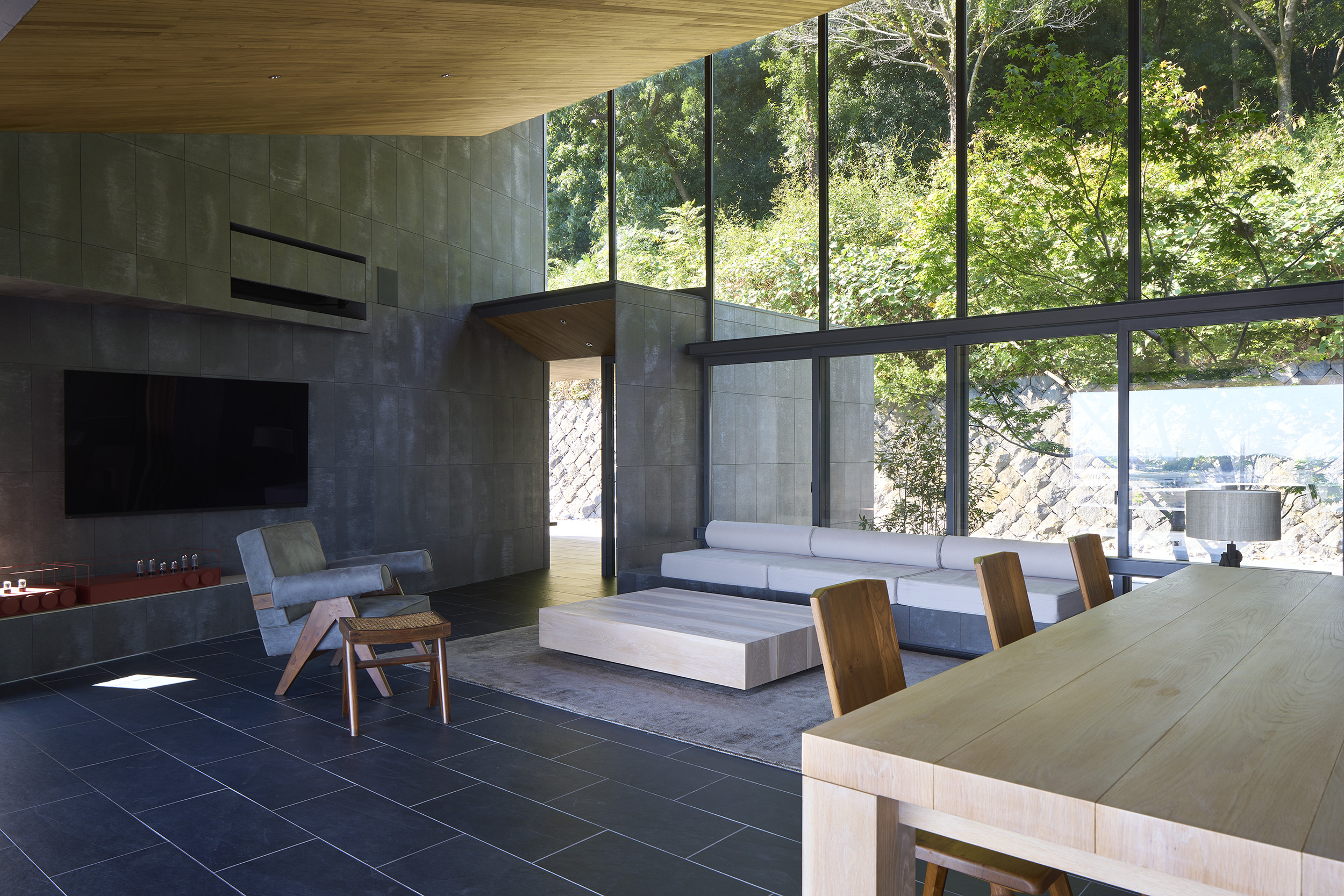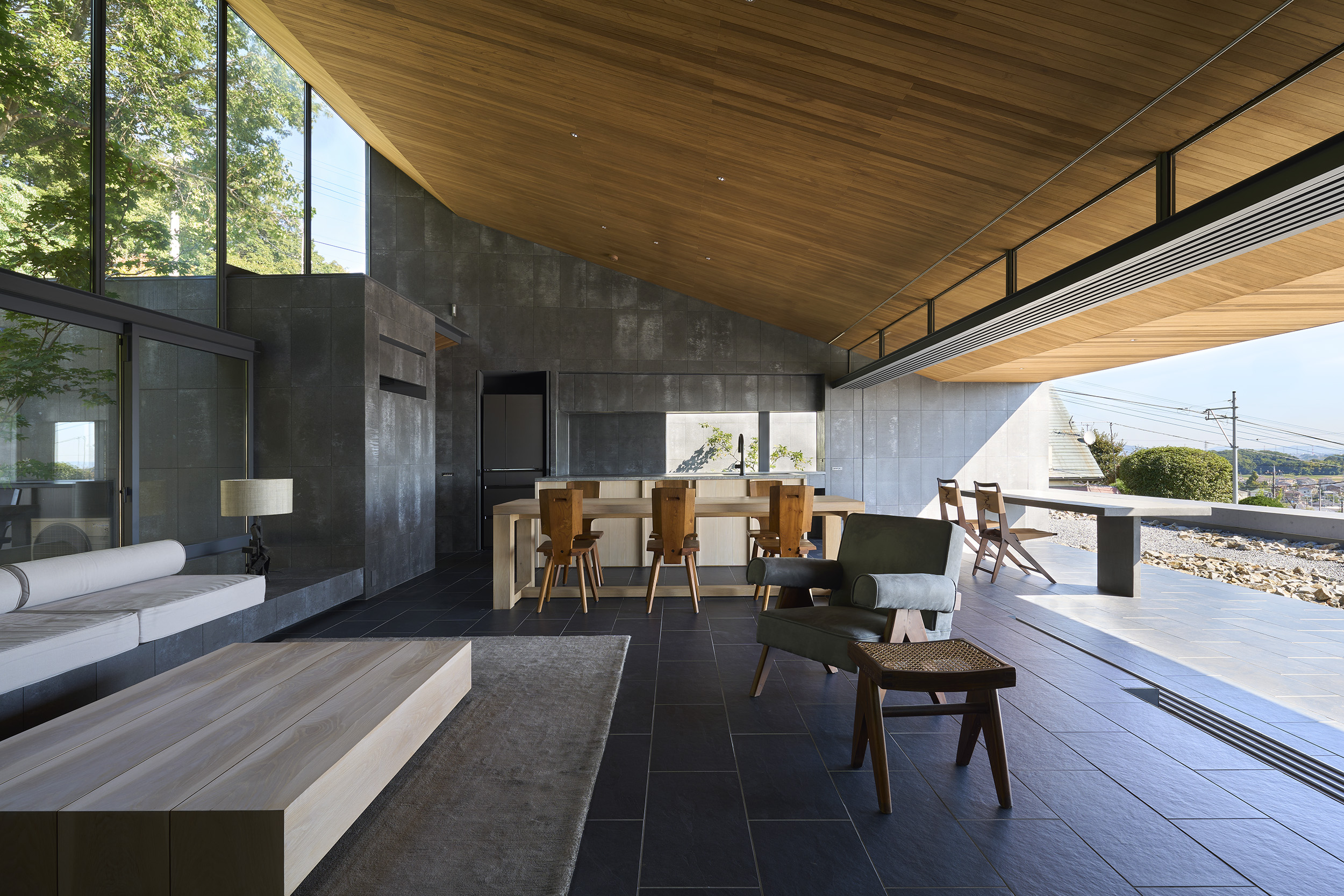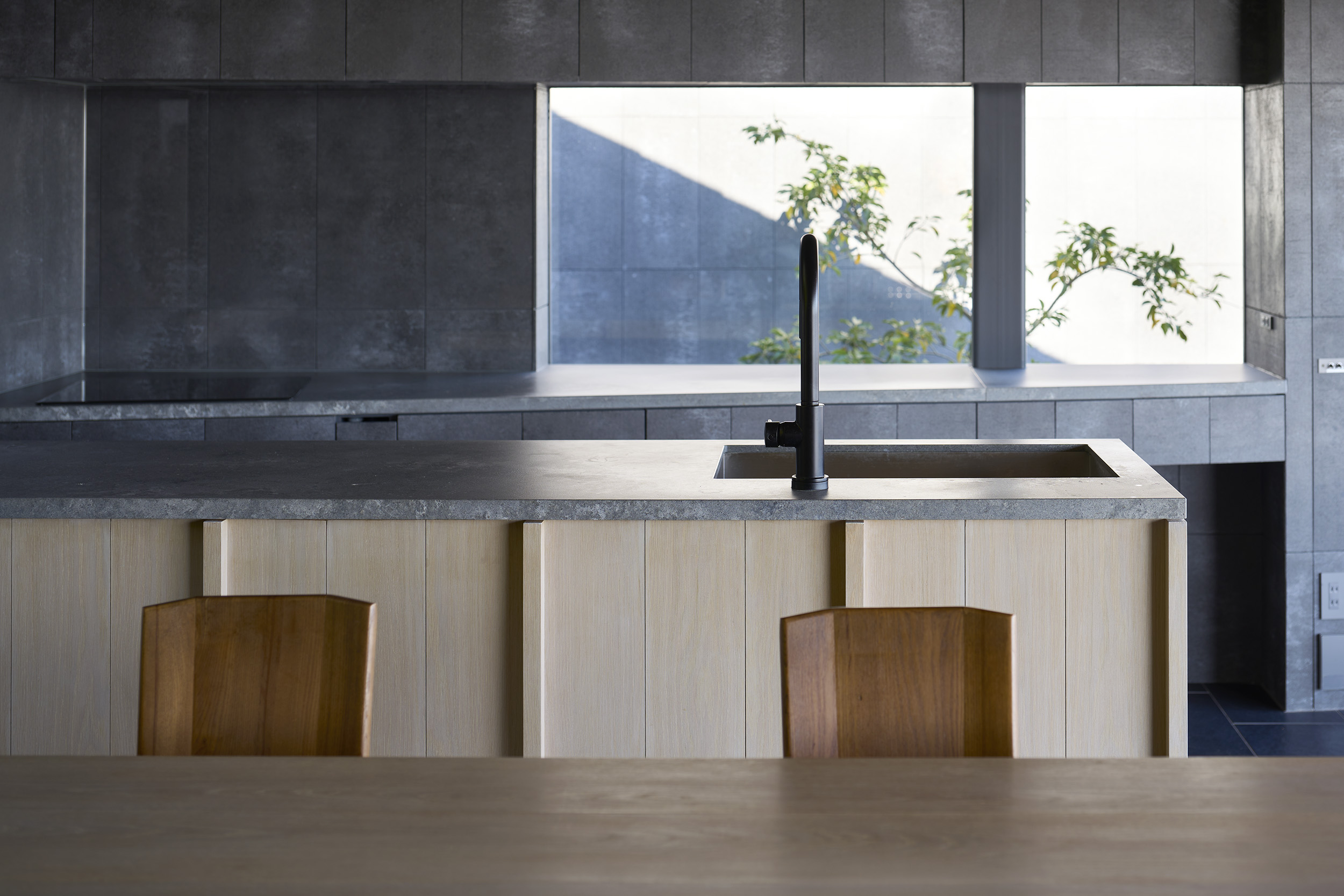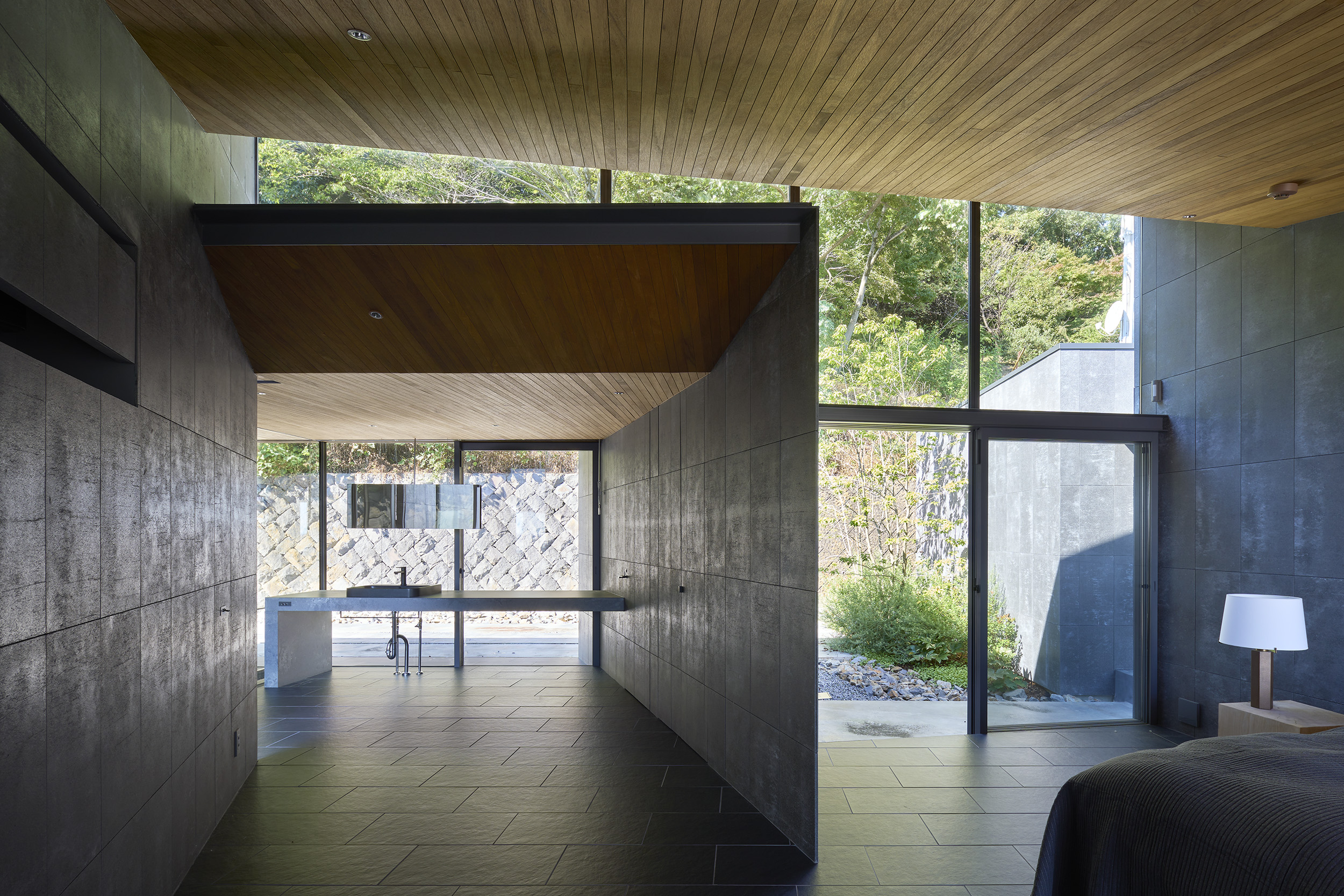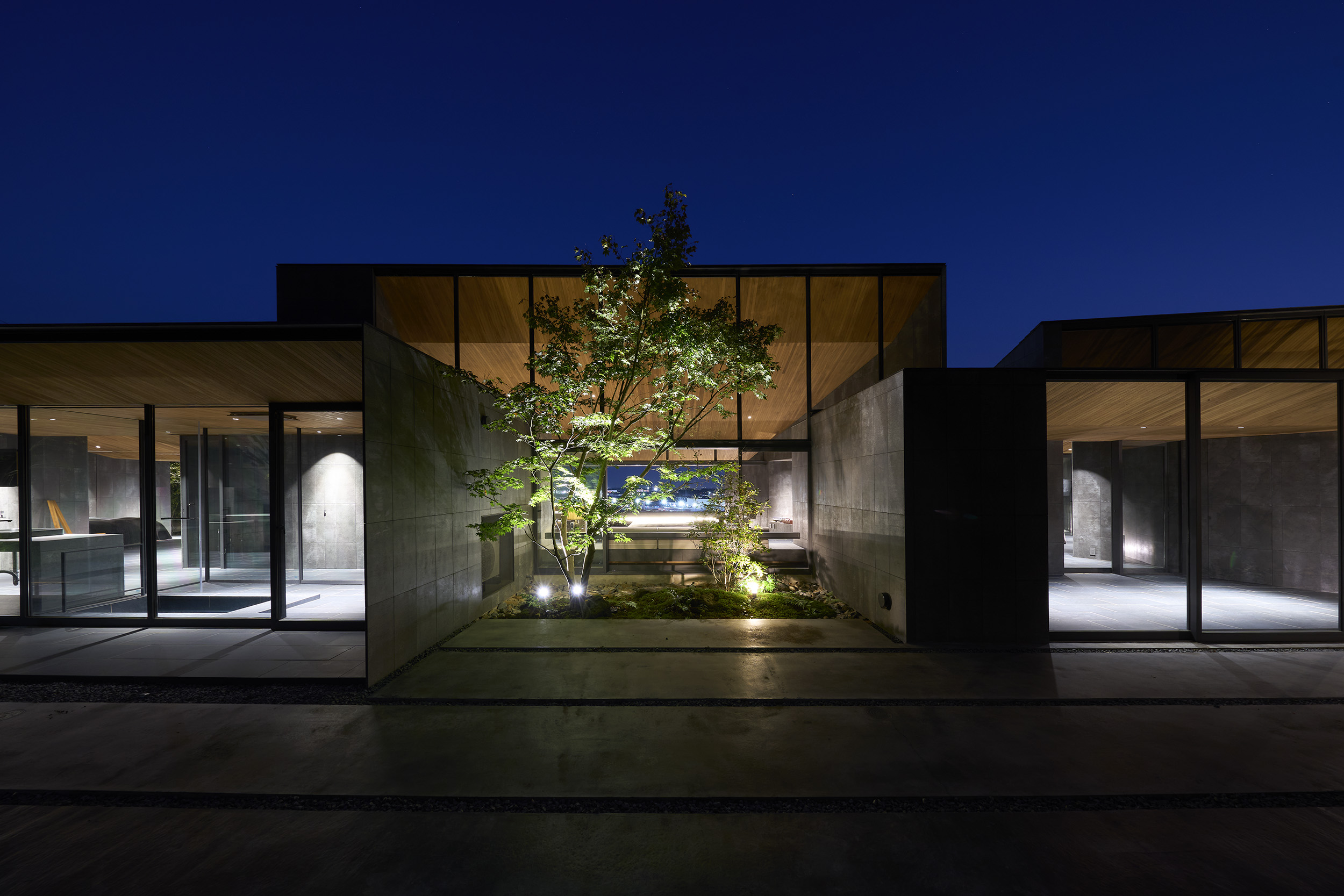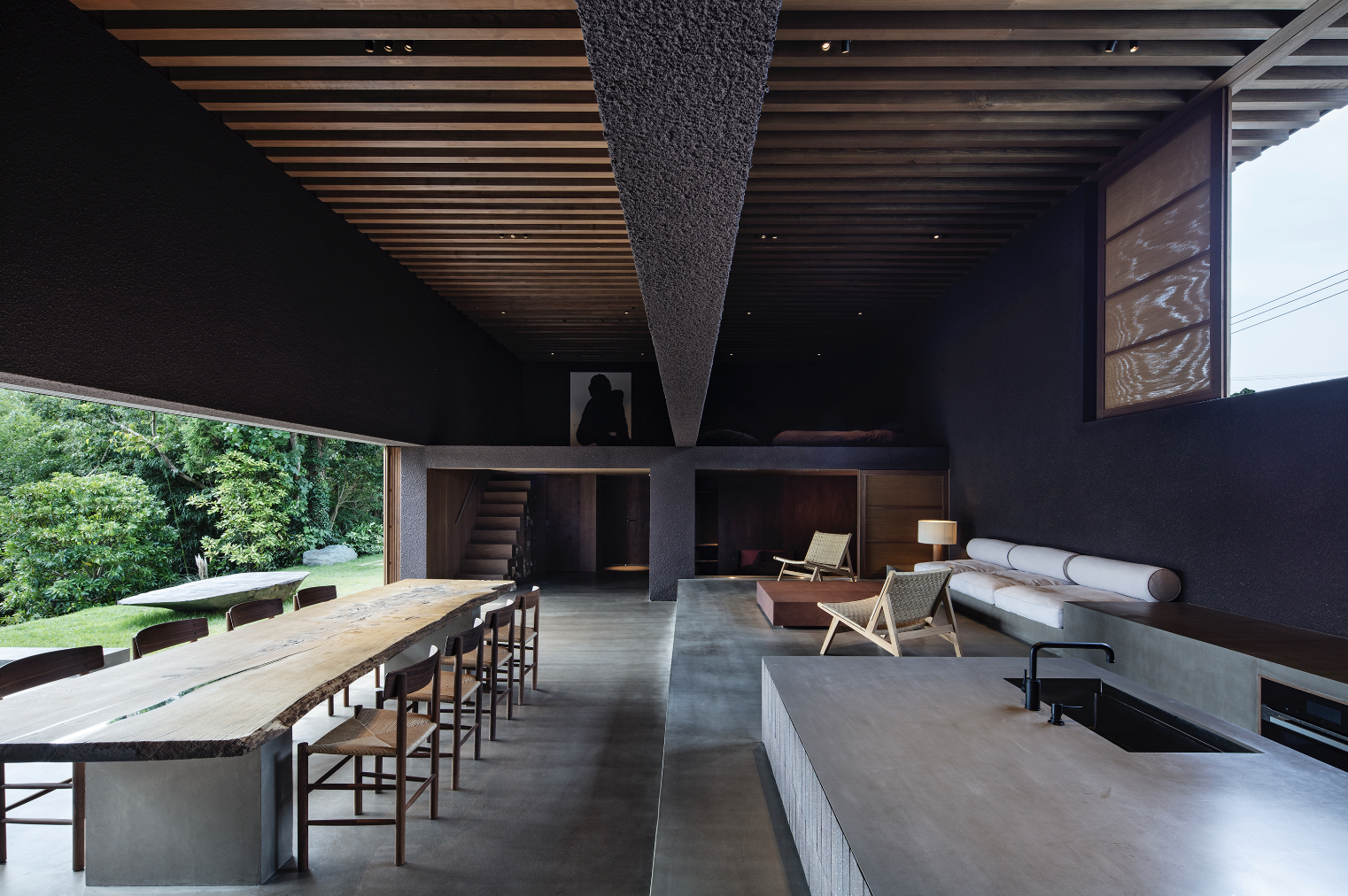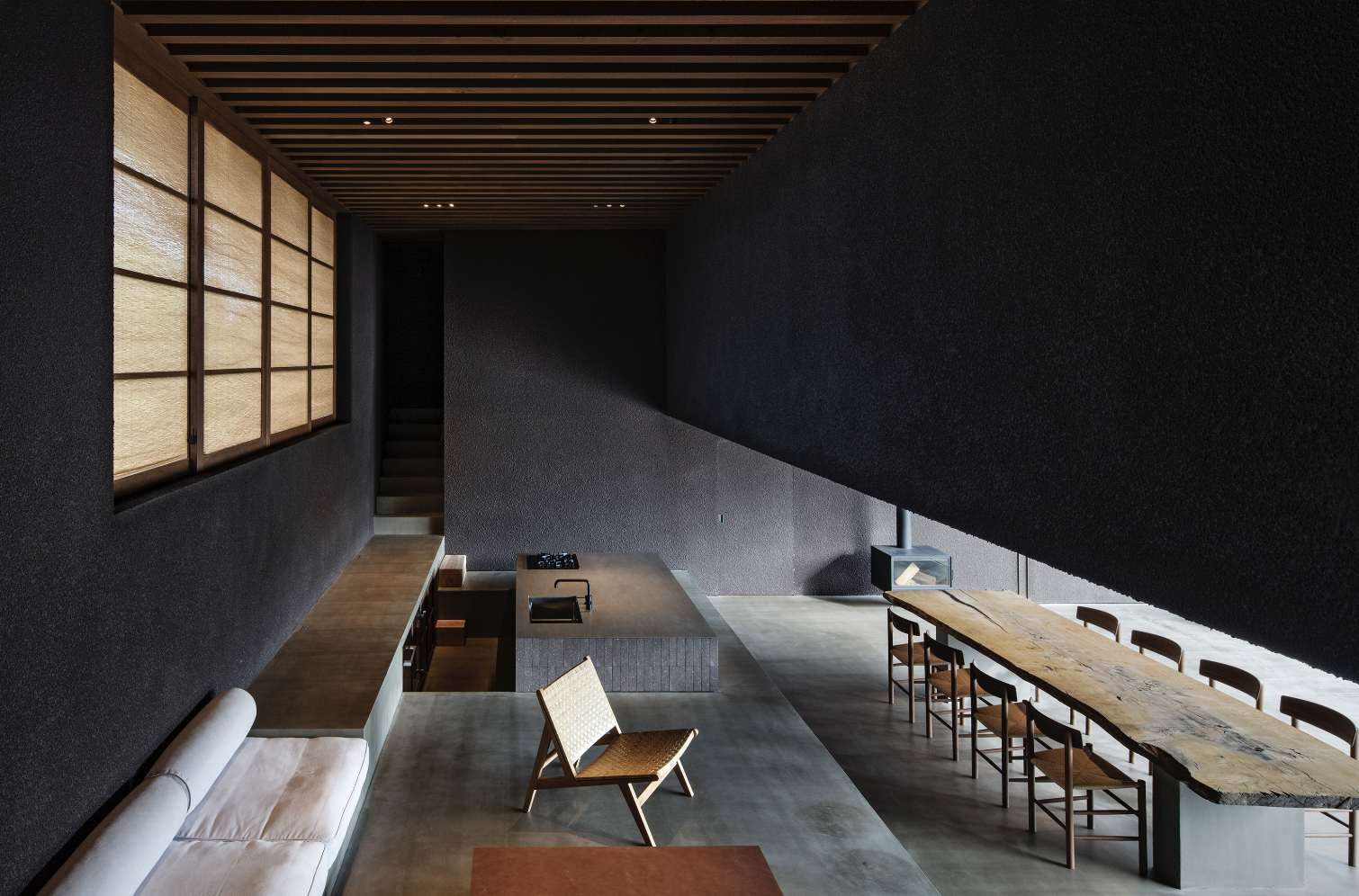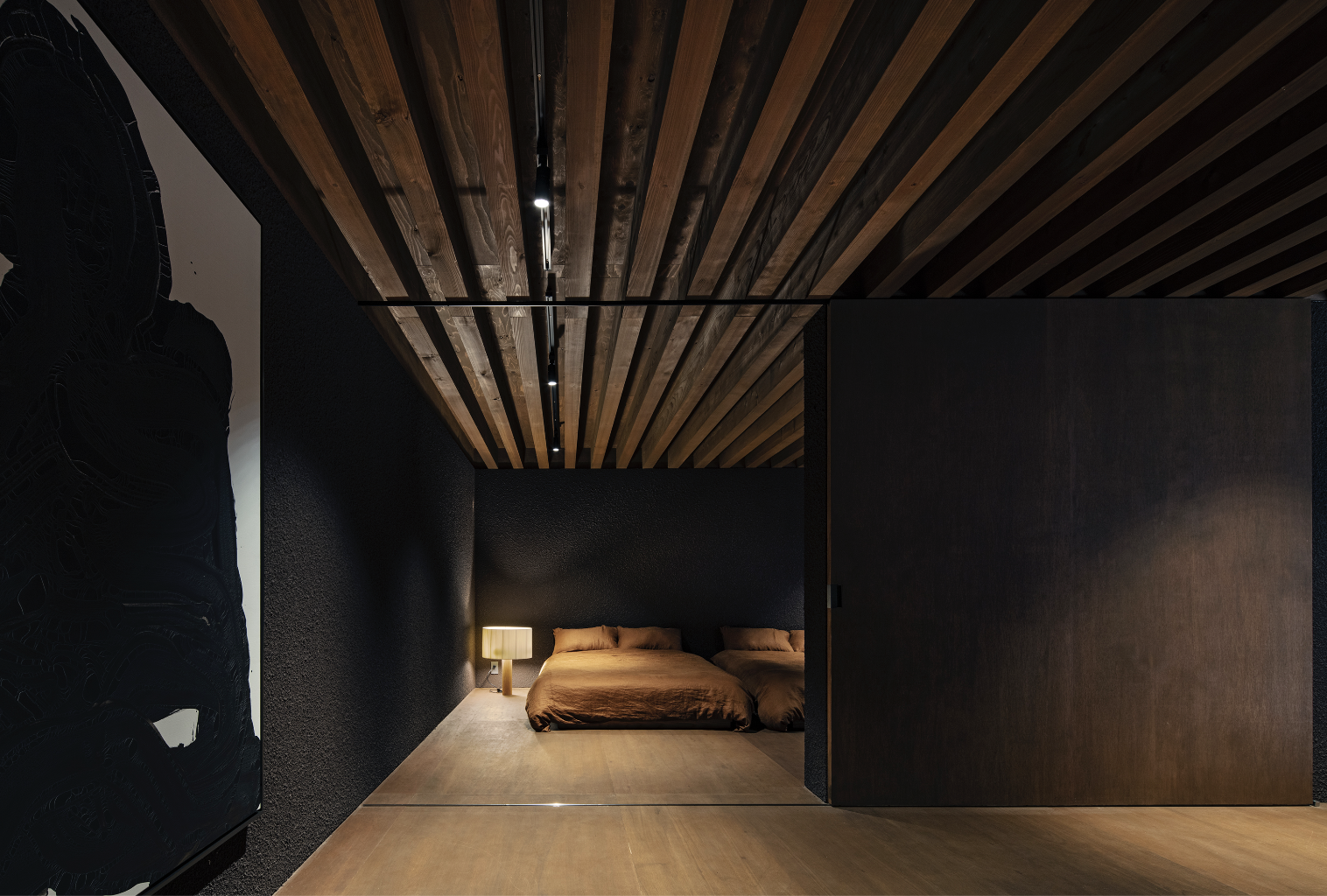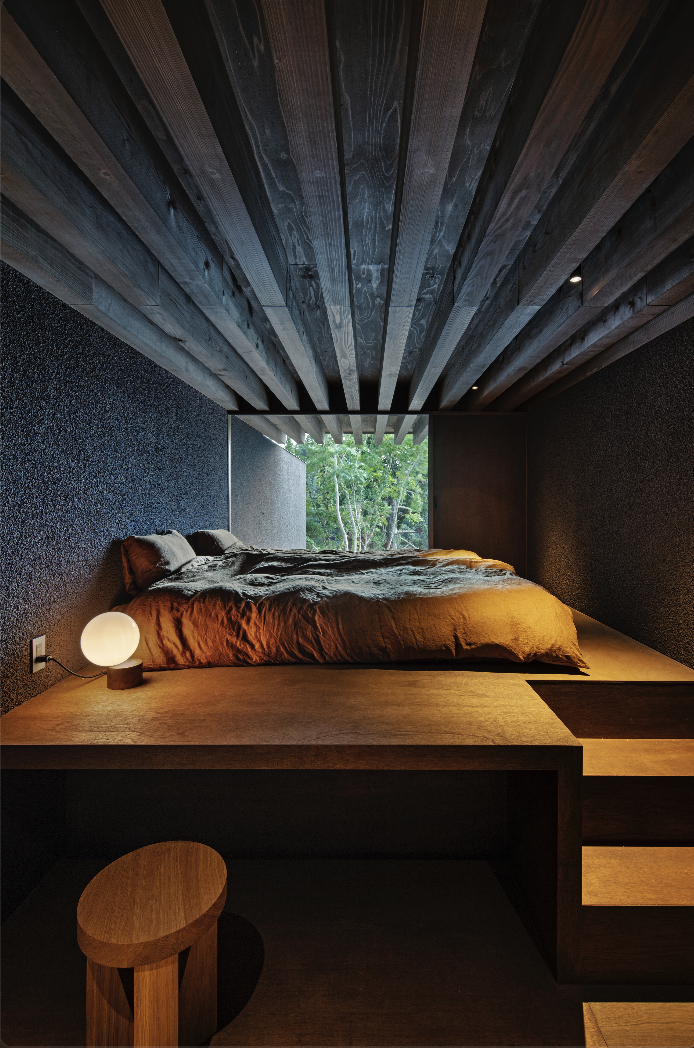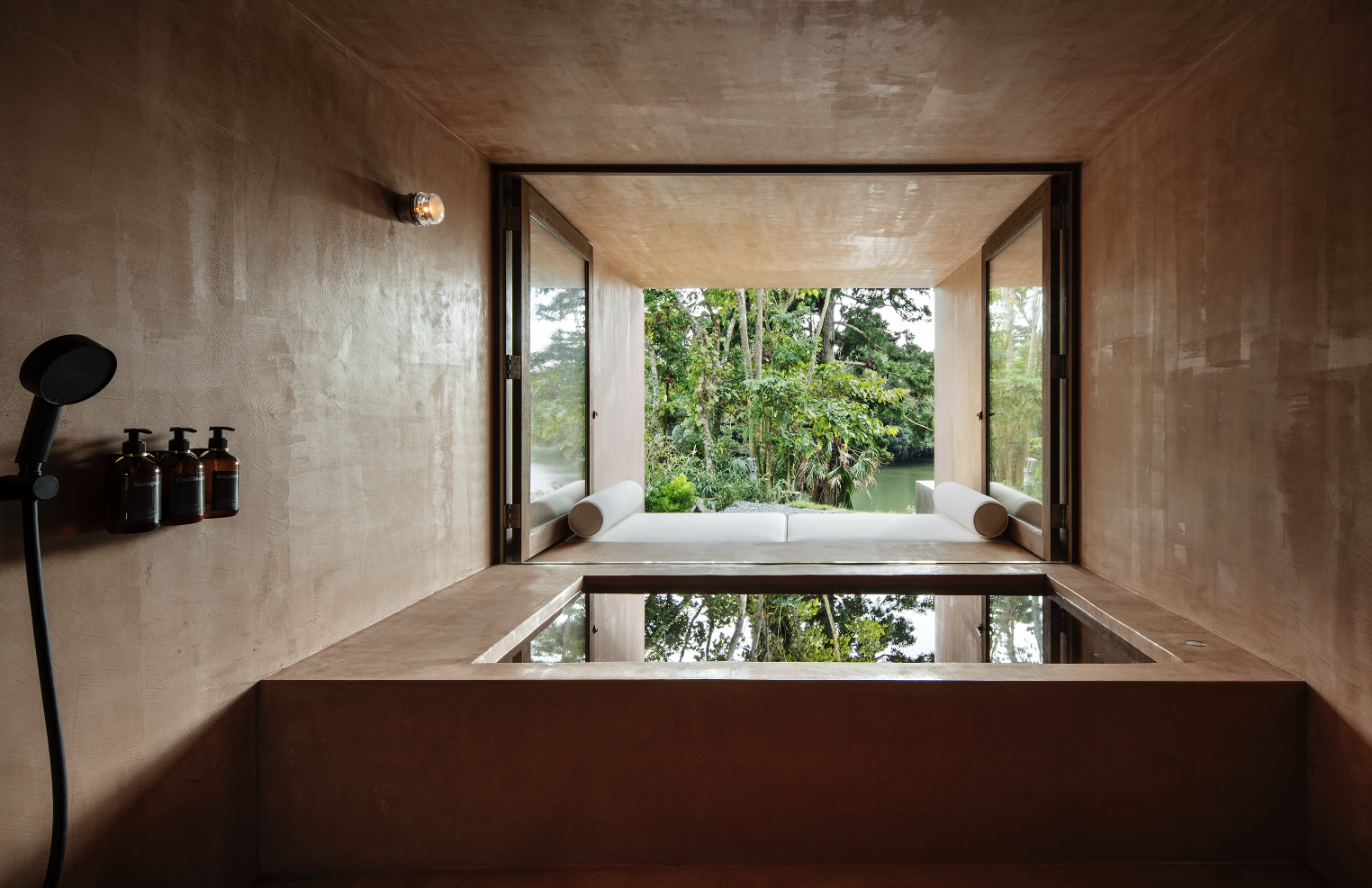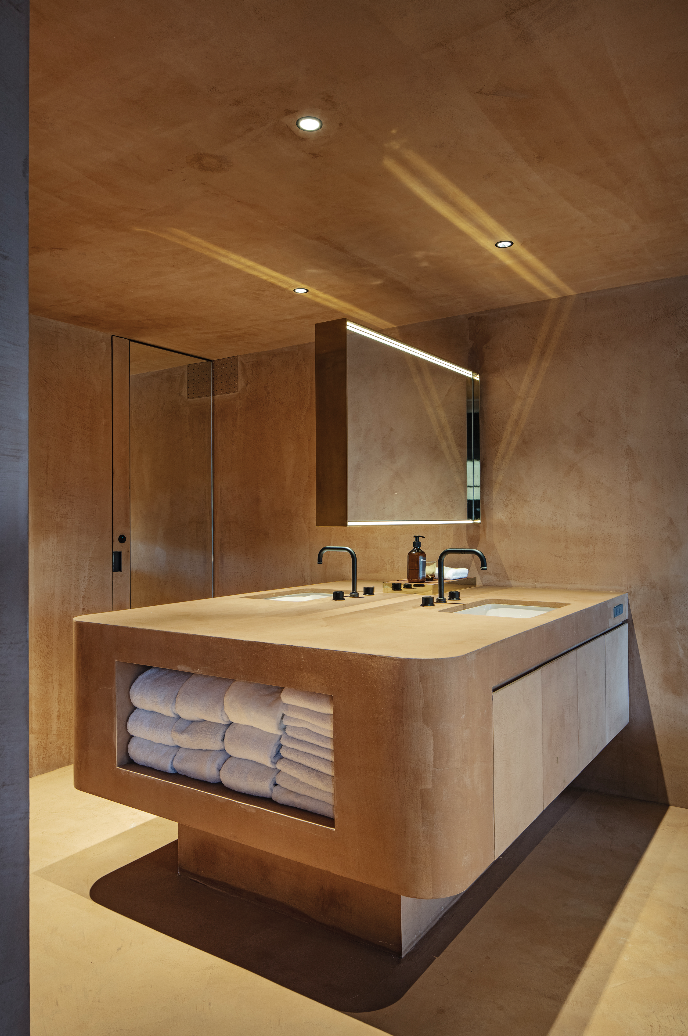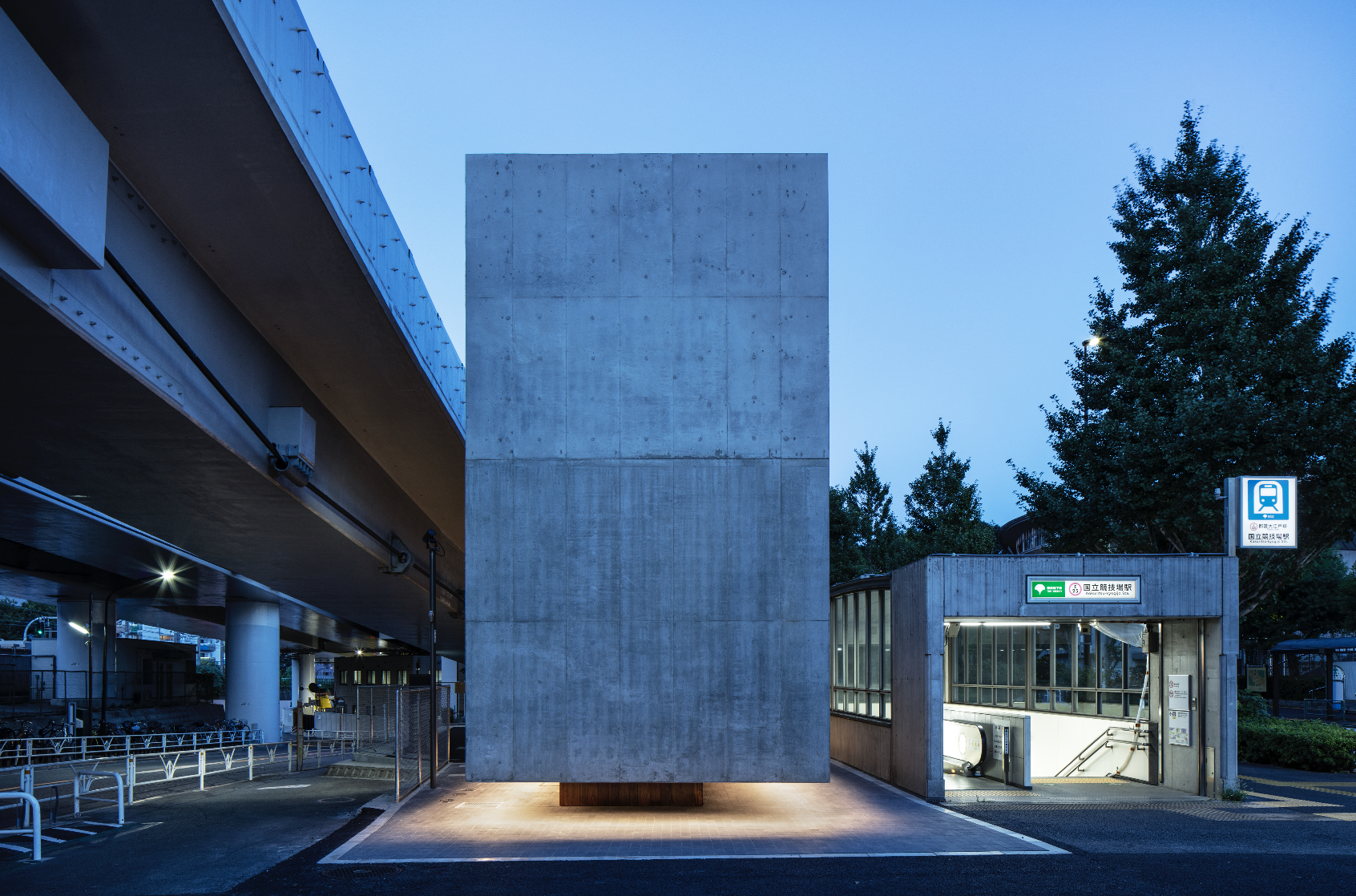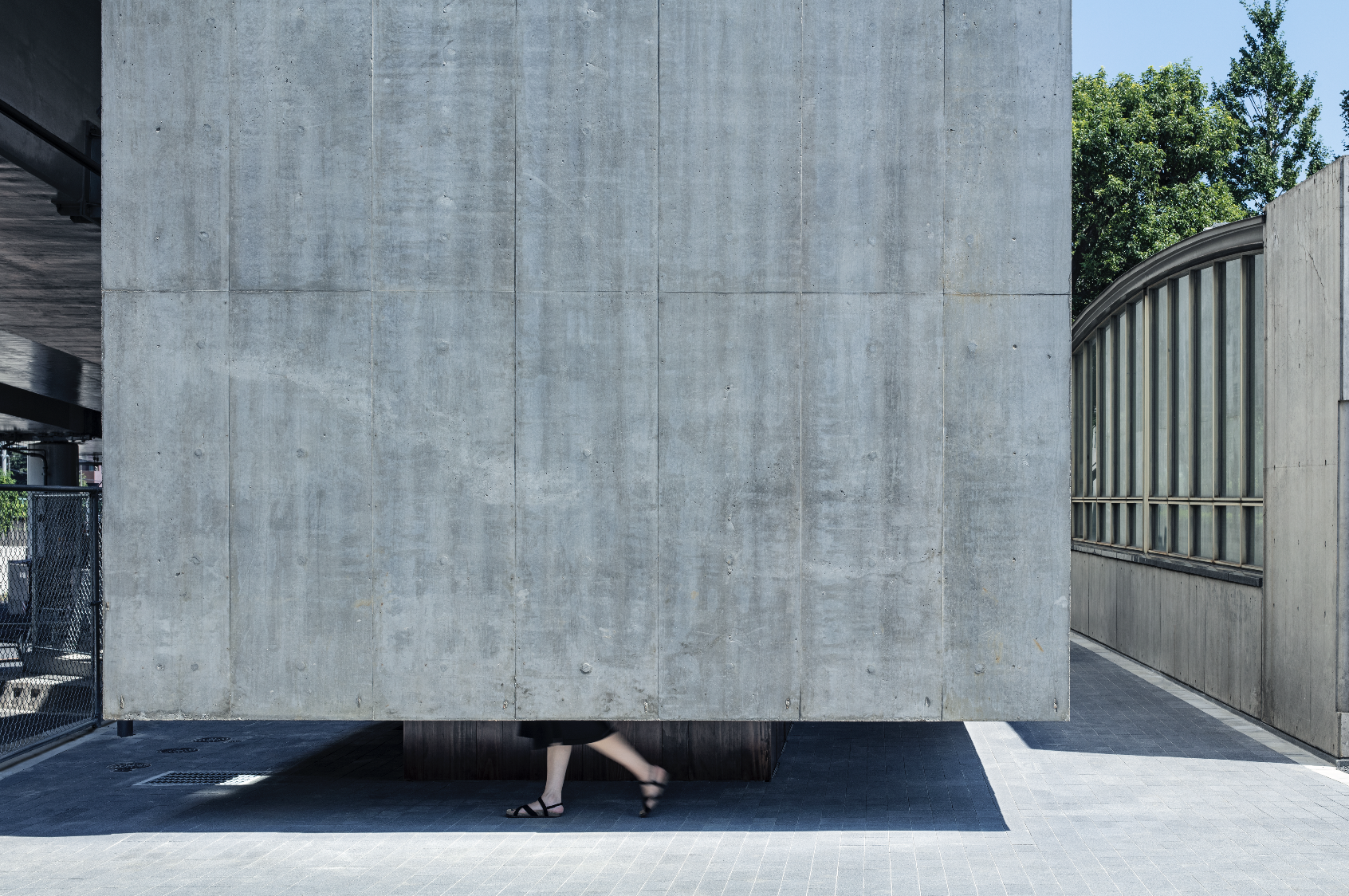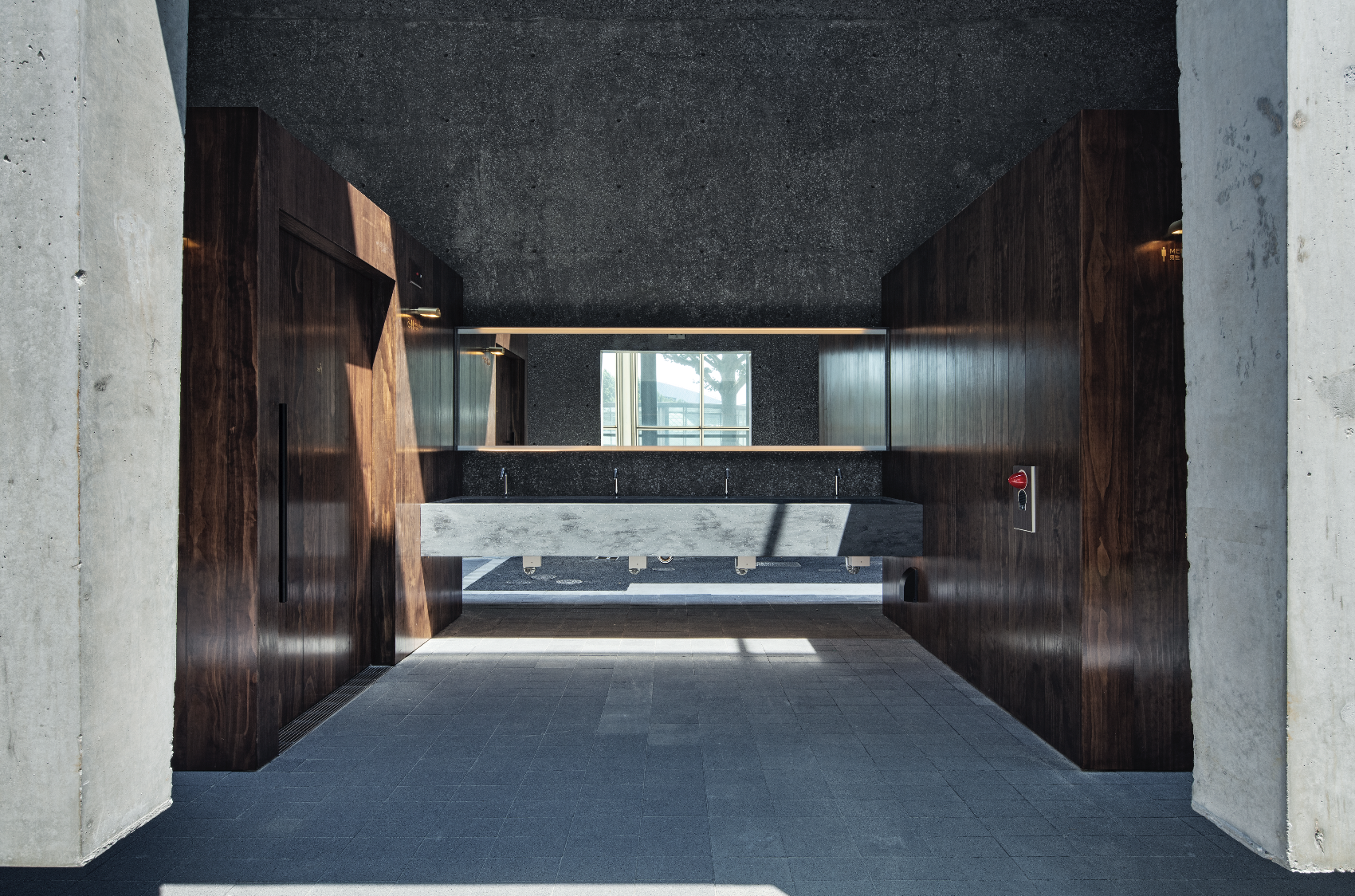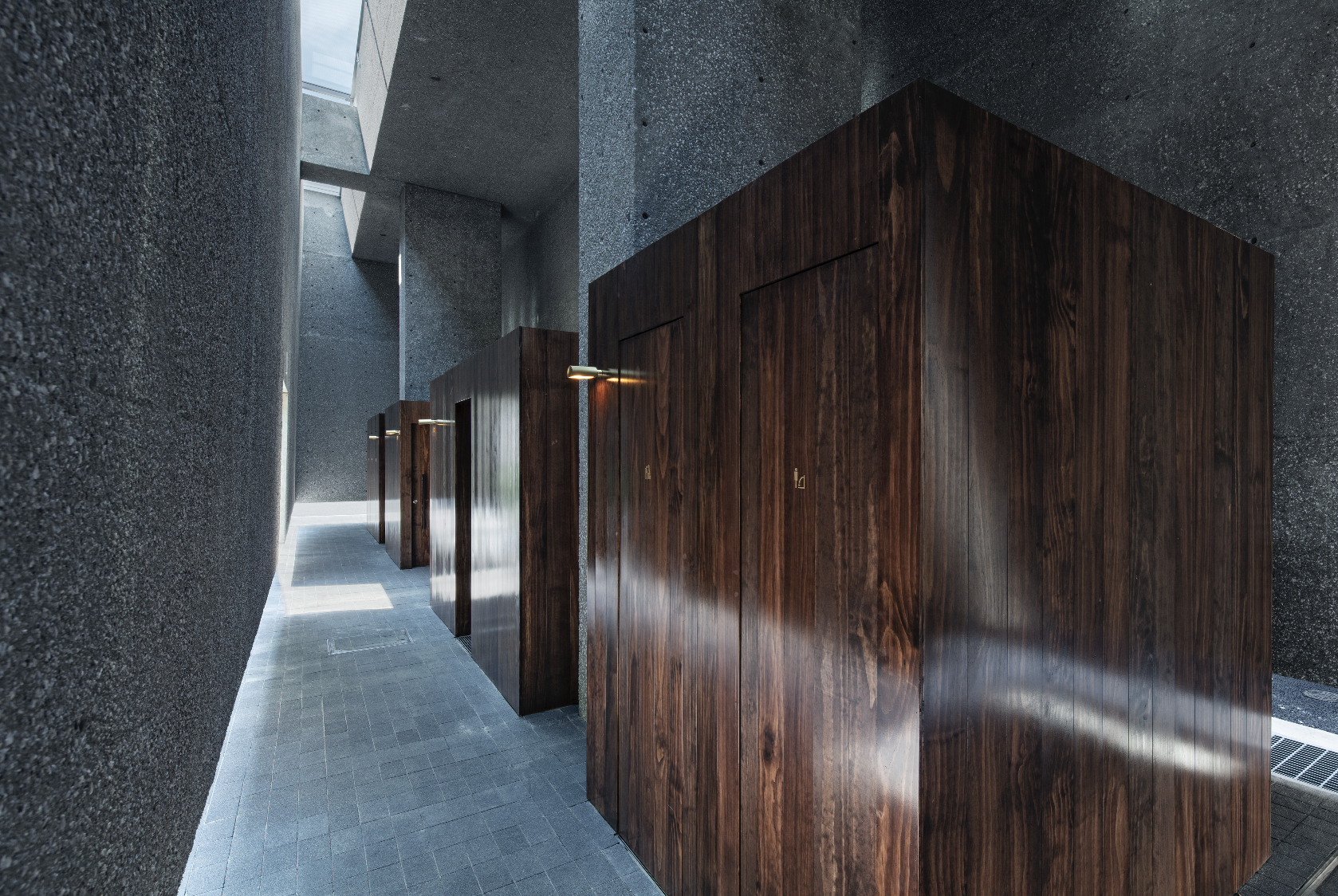Makoto Tanijiri, co-founder of Suppose Design Office in Hiroshima and Tokyo, is an architectural visionary known for his captivating and ingenious designs. With expertise in contemporary architecture, his immersive creations span housing, business spaces, commercial facilities, landscaping, with his portfolio extending to product designs and art installations. In a conversation with Asia Designers Directory, Makoto sheds insight on his design influences and his passion for fostering a harmonious relationship between architecture and nature.
You started your architectural practice at an early age in your 20s. Can you share the pivotal moments or experiences that inspired your career trajectory and contributed to the success you have achieved today?
Looking back, what has shaped my career trajectory and contributed to my success today is the unique perspective I gained from playing basketball.
In the game of basketball, most players shoot from the standard three-point line. However, I aimed from a slightly further distance to deliberately position myself where opponents were less likely to mark me. While it placed me in a less advantageous spot, I was usually unmarked by opponents, allowing me to play more freely without obstructions.
On retrospect, this experience on the basketball court holds some significance for my architectural career. It taught me the value of stepping back and distancing myself from the subject at hand. Through this approach, I learned to appreciate the importance of viewing projects from a broader perspective. It enabled me to understand not only the intricacies and details but also the overall context.
Stepping back and embracing this wider viewpoint has become the cornerstone of my success. It helps me to approach design with a fresh, often unconventional perspective, and enable me to come up with solutions that captivate, inspire and resonate with others.
- Not a Hotel Nasu, Japan
- Not a Hotel Nasu, Japan
- Not a Hotel Nasu, Japan
- Not a Hotel Nasu, Japan
- Not a Hotel Nasu, Japan
- Not a Hotel Nasu, Japan
What influences your designs and what are your design considerations?
Growing up in a traditional Japanese machiya has profoundly shaped my design sensibilities. I vividly recall gazing out into a central courtyard of the machiya and feeling the wind flow through the building, seamlessly connecting the interior and exterior.
This has made an impact on my design philosophy. Today, my designs are influenced by the concept of blurring the boundaries between inside and outside spaces. I strive to create environments where one can feel connected to both indoors and outdoors all at once. This interchange of interior and exterior spaces has become a defining element of my work, reminiscent of the connection I felt to the courtyard in my childhood home.
By infusing my designs with elements that evoke a sense of openness and harmony with nature, I create spaces that allow inhabitants to feel a profound connection to the surrounding environment.
- Tanijiri Makoto’s house with his family today – House T, Tokyo, Japan (Photo credit: Toshiyuki Yano)
- House T, Tokyo, Japan (Photo credit: Toshiyuki Yano)
- House T, Tokyo, Japan (Photo credit: Toshiyuki Yano)
- House T, Tokyo, Japan (Photo credit: Toshiyuki Yano)
- House T, Tokyo, Japan (Photo credit: Toshiyuki Yano)
- House T, Tokyo, Japan (Photo credit: Toshiyuki Yano)
- House T, Tokyo, Japan (Photo credit: Toshiyuki Yano)
Suppose Design Office has received numerous accolades and recognition for its work. How does this recognition impact your creative process, and how do you stay motivated to continuously push boundaries in your designs?
The recognition and accolades received over the years serve as both a motivator and a source of inspiration for my creative process. While they spur my desire to design even better, it does not alter the way I approach design, as I believe in staying true to my design principles and instincts.
I actively engage with people from diverse backgrounds beyond the architectural field to gain insights and perspectives that inform my architectural work. I also enjoy travelling to UNESCO World Heritage sites and immerse myself in nature. There is something awe-inspiring about witnessing the beauty of nature and reflecting on these experiences to impact my designs.
Nature is natural. In contrast, architecture is a human construct. I believe in intertwining nature and architecture to connect people with the beauty of nature around us.
- House in Ota, Japan (Credit:Toshiyuki Yano)
- House in Ota, Japan (Credit:Toshiyuki Yano)
- House in Ota, Japan (Credit:Toshiyuki Yano)
- House in Ota, Japan (Credit:Toshiyuki Yano)
- House in Ota, Japan (Credit:Toshiyuki Yano)
- House in Ota, Japan (Credit:Toshiyuki Yano)
You have had the opportunity to work on many projects in Japan and overseas. Can you discuss the process of creating architectural icons and the responsibilities that come with designing structures and impacting communities?
The responsibilities that come with designing structures and impacting communities hold deep significance for me. I believe in being authentic in my work, where a big responsibility lies in being true to myself as an architect.
In the architectural process, I place great importance on understanding and respecting the context in which a structure exists. This includes considering the history, culture, and unique characteristics of the specific region or community. By understanding the intricacies of a place, I gain valuable insights that inform and shape my designs, contributing to architecture that harmonise with its surroundings and contribute positively to the wider community.
- Daichi Isumi, Chiba, Japan (Credit: Kenta Hasegawa)
- Daichi Isumi, Chiba, Japan (Credit: Kenta Hasegawa)
- Daichi Isumi, Chiba, Japan (Credit: Kenta Hasegawa)
- Daichi Isumi, Chiba, Japan (Credit: Kenta Hasegawa)
- Daichi Isumi, Chiba, Japan (Credit: Kenta Hasegawa)
- Daichi Isumi, Chiba, Japan (Credit: Kenta Hasegawa)
Japan’s architectural scene has undergone significant changes over the years. In your opinion, how has it evolved, and what transformations would you like to witness in the coming decades? How do you see the intersection of tradition and innovation shaping the future of Japanese architecture?
Currently, we can observe a increased architectural development concentrated in urban areas, driven by the demands of urbanization and progress. While this development is crucial, I would like to see more architecture nestled amidst nature. I hope to see a more balanced distribution of architecture not only within cities but also in natural settings, similar to the past when development was not confined to specific areas but spread throughout. I look forward to seeing a greater connection between architecture and the countryside.
Even as the landscape changes, it is heartening to know that many old and famous architecture in Japan is very well-preserved. However, we should also focus on the ongoing preservation of more recently built modern structures.
- Public Toilet in Sendagaya Station (Credit: Kenta Hasegawa)
- Public Toilet in Sendagaya Station (Credit: Kenta Hasegawa)
- Public Toilet in Sendagaya Station (Credit: Kenta Hasegawa)
- Public Toilet in Sendagaya Station (Credit: Kenta Hasegawa)
What are you working on at the moment?
A project that I am currently working on is located in Hokkaido, a region rich in natural beauty. This particular undertaking involves the development of a village spanning a 40,000 square metres area. Designed to operate without external electricity, the village utilises water from wells and engages in self-sustaining agriculture.
This village is a self-commissioned, experimental project that I have embarked on to explore new ways of living that are aligned with my desire to connect people and nature more intimately. In creating this self-sufficient village, I utilise timber instead of concrete. Aptly named “Returning”, this project aims to return us to and re-establish our bond with nature.

